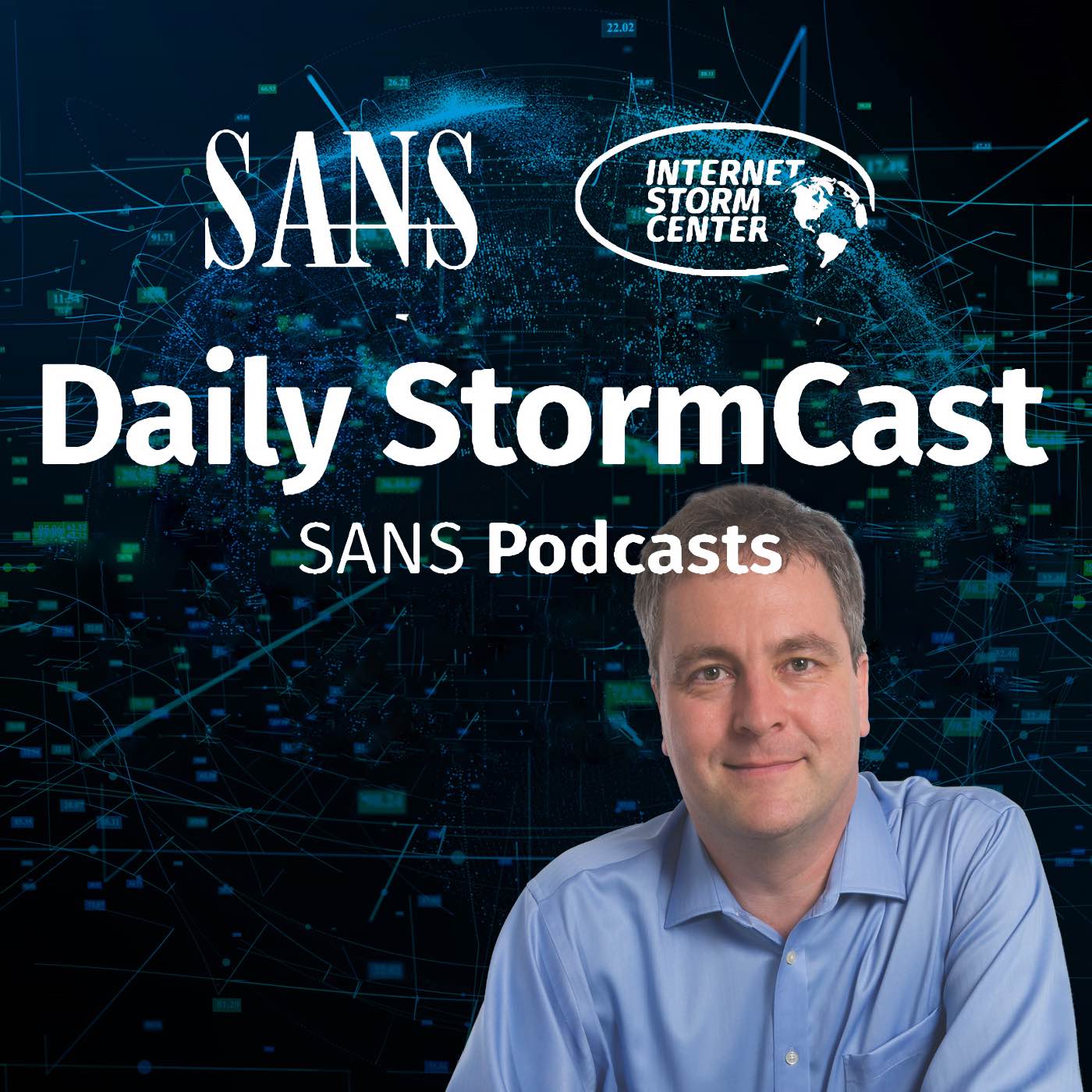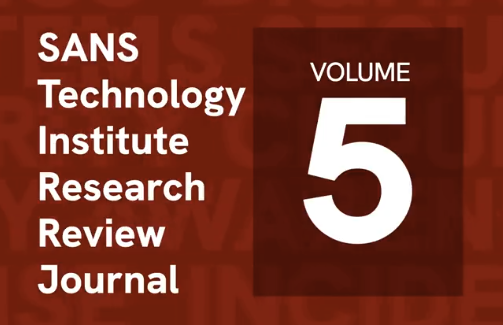Handler on Duty: Xavier Mertens
Threat Level: green
Podcast Detail
SANS Stormcast Wednesday, October 15th, 2025: Microsoft Patchday; Ivanti Advisory; Fortinet Patches
If you are not able to play the podcast using the player below: Use this direct link to the audio file: https://traffic.libsyn.com/securitypodcast/9656.mp3
My Next Class
| Application Security: Securing Web Apps, APIs, and Microservices | Dallas | Dec 1st - Dec 6th 2025 |
| Application Security: Securing Web Apps, APIs, and Microservices | Orlando | Mar 29th - Apr 3rd 2026 |
Microsoft Patch Tuesday
Microsoft not only released new patches, but also the last patches for Windows 10, Office 2016, Office 2019, Exchange 2016 and Exchange 2019.
https://isc.sans.edu/diary/Microsoft%20Patch%20Tuesday%20October%202025/32368
Ivanti Advisory
Ivanti released an advisory with some mitigation steps users can take until the recently made public vulnerablities are patched.
https://forums.ivanti.com/s/article/Security-Advisory-Ivanti-Endpoint-Manager-EPM-October-2025?language=en_US
Fortinet Patches
https://fortiguard.fortinet.com/psirt/FG-IR-25-010
https://fortiguard.fortinet.com/psirt/FG-IR-24-361
| Application Security: Securing Web Apps, APIs, and Microservices | Dallas | Dec 1st - Dec 6th 2025 |
| Application Security: Securing Web Apps, APIs, and Microservices | Orlando | Mar 29th - Apr 3rd 2026 |
| Network Monitoring and Threat Detection In-Depth | Amsterdam | Apr 20th - Apr 25th 2026 |
| Application Security: Securing Web Apps, APIs, and Microservices | San Diego | May 11th - May 16th 2026 |
| Network Monitoring and Threat Detection In-Depth | Riyadh | Jun 20th - Jun 25th 2026 |
Podcast Transcript
Hello and welcome to the Wednesday, October 15th, 2025 edition of the SANS Internet Storm Center's Stormcast. My name is Johannes Ullrich, recording today from Jacksonville, Florida. And this episode is brought to you by the SANS.edu Graduate Certificate Program in Cybersecurity Leadership. And of course, it's Microsoft Patch Tuesday, and we'll have to talk a little bit about some of the patches released today. But I want to start out with talking about some of the software that will no longer be supported after today. First of all, Windows 10. Windows 10, no official free updates after today. You can sign up for the extended security updates, which in the US costs you some money. I think it's like $20, $30 or such a year. It's not terribly expensive in the European Union. I believe it's free. Not sure exactly what it'll cost you in other countries. On the other hand, well, they really want you to upgrade to Windows 11. And that's sort of the obvious path here. There were some issues creating the disks to update to Windows 11. That should be also fixed now. Office 2016, 2019. Also no more updates after today. Microsoft's goal here is to get you to sign up for Office 365. But if you insist in having your own copy of Office, there is still Office 2024 available. And that's also an extended update release. So you should get updates for quite a few years to come. Exchange server, Exchange server 2016, 2019. No more updates after today. Here you have the Exchange server subscription edition to use for those who still need the Exchange server on premise. And last time I pointed out that Microsoft really wants you to move away from that. Well, there are actually still some reasons why you need Exchange server on premise. And for those people, Exchange server subscription edition. And as the name implies, you are now signed up for an annual subscription with that version. And of course, for your sort of external email needs, you probably just want to go with the cloud solution again here and no longer maintain anything on premise, if you can help it at least nothing that's sort of exposed to the outside. So these are the big software packs that are no longer supported. Other than that, there were 157 different vulnerabilities that I counted. Now, you may see different counts around here. What I noticed in this particular update, there were a lot of Azure vulnerabilities. I don't count them since there's nothing really you need or have to do for these particular vulnerabilities. Also, some sort of in third party open source software were included sort of in the vulnerability feed here by Microsoft. So I focused on really the ones that you know, are Microsoft's own software. And here sort of interesting, we got some co -pilot spoofing vulnerabilities that are rated as critical. And that's of course, now with co-pilot becoming a bigger and bigger part, definitely something that you should consider here. Also, the Microsoft 365 co -pilot, also a critical spoofing vulnerability here for this software. Excel, we got again a bunch of different remote code execution vulnerabilities. One of them is rated critical. And also some generic Microsoft Office remote code execution vulnerabilities that are rated critical. And remember, if they're rated critical, it usually means no user interaction required. There are three vulnerabilities that were either publicly known already exploited. One of them in the Windows Gear modem driver. I wasn't really familiar with a gear modem. So did some googling and looks like that's basically a chipset that's often used in USB modems that are used like, you know, for receiving faxes and such if that's still a thing for you. But remember, even if you aren't receiving faxes with your PC, you probably have that driver installed. And it's a privilege escalation vulnerability. So it would be a typical vulnerability to be exploited by these, you know, vulnerable driver kind of exploits. And that's probably also how it got exploited. The other vulnerability in this category is a Windows remote access connection manager vulnerability. Again, a software that you're probably not using but have installed and that's also a privilege escalation vulnerability. So overall, it's quite a few different vulnerabilities here in this update. Nothing that I would sort of rate as overly critical in the sense that you must patch now. Roll it out in accordance with your normal vulnerability management system. And then we have two updates or two vulnerabilities being patched by Fortinet. First vulnerability is what they call a restricted CLI command bypass. And what it refers to is that a normal authenticated user is able to execute systems commands. The second vulnerability that they're addressing here is a weak authentication in the WAD GUI. This is really just a brute force protection is missing. So attackers are able to brute force usernames and passwords. If you have a good username and password, then it should be less of an issue. But again, apply the patches. None of them I would rate as super critical. The first one, you require authentication first to exploit it. The second one, well, if you have some reasonable passwords, it should hopefully take an attacker a while to guess those passwords. Well, and that's what we have time for today. There are a couple more Adobe updates and such I'll cover tomorrow. And thanks for listening. Thanks for subscribing. Thanks for liking this podcast and talk to you again tomorrow. Bye.











